How to Safely Plug in an Electric Blanket - A Complete Guide to Safe Usage 🔌
Imagine snuggling under a warm electric blanket on a chilly night – pure bliss, right? But wait. Can you plug that cozy comfort straight into a power strip? The answer isn't a simple yes or no. Many of us rely on power strips for extra outlets, but mixing them with high-power devices like electric blankets can be risky.
This guide cuts through the confusion, giving you clear answers and essential safety advice. We'll cover everything you need to know about using electric blankets safely with (or without) power strips.
Do Electric Blankets Need to Be Plugged In?
While portable models come with built-in batteries for on-the-go use, most electric blankets must be plugged into a power source to generate heat. They aren't battery-operated (yet!).
The real question is: how should you plug in your electric blanket? This is where things get interesting. We often see folks asking if they have to use a wall outlet, or if power strips, extension cords, or even car adapters are okay. Let's break it down.

⭐️ Pro Tip:
Always check your electric blanket's user manual. It will provide specific instructions regarding power requirements and safe usage.
Do Heated Blankets Need to Be Plugged into the Wall?
Directly plugging your electric blanket into a wall outlet is generally the safest and most recommended approach.

Here’s why:
-
Consistent Power Supply: Wall outlets provide a stable and continuous power source, which is ideal for electric blankets that require a steady voltage to function effectively.
-
Reduced Risk of Overheating: Battery-powered heated blankets can sometimes overheat due to the limitations of their power sources. Wall-powered blankets usually have built-in safety features like temperature controls and automatic shut-off to prevent overheating.
-
Less Risk of Power Failure: Wall-powered blankets don’t run the risk of running out of power or losing heat if the battery drains. This is especially important during long use, as a drained battery could create safety concerns.
-
Safety Standards: Electric blankets that plug into the wall typically adhere to stricter safety regulations and undergo more rigorous testing to meet standards for electrical safety, such as protection from short circuits, fires, and overheating.
‼️ Note:
To prevent hazards, avoid overloading outlets by plugging in too many devices, and check outlets regularly for any signs of damage.Can You Plug an Electric Blanket into a Power Strip?
It is often not recommended for electric blankets, especially older models or ones that don’t have built-in safety features to plug into a power strip. Let's explore.
Power strips are designed to distribute power to multiple devices. However, they have a limited capacity. Electric blankets, especially when initially heating up, draw a significant amount of power. If you overload a power strip by plugging in an electric blanket along with other high-power devices, you risk overheating, tripping the circuit breaker, or even causing a fire. Not good.

If you must use a power strip, here's how to assess the situation:
-
Check the power strip's rating: Look for the wattage or amperage rating printed on the power strip. Ensure it is rated for high power.
-
Check your electric blanket's power consumption: This information is usually found on a label attached to the blanket or in the user manual.
-
Do the math: Add up the wattage of all the devices you plan to plug into the power strip. If the total exceeds the power strip's rating, do not plug in the electric blanket.
Can You Plug a Heated Blanket into an Extension Cord?
Similar to power strips, using an extension cord with a heated blanket or heating pad introduces potential hazards if not done correctly. The main concern is voltage drop and overheating. When electricity travels through a long extension cord, some of the voltage is lost. This can cause the blanket to allow more current draw to compensate, leading to overheating of the cord and potentially a fire.

Here's what you need to know:
-
Avoid thin, lightweight extension cords: These are not designed for high-power appliances like heated blankets.
-
Use a heavy-duty extension cord: Look for a cord with a gauge (thickness) appropriate for the blanket's wattage. A lower gauge number indicates a thicker wire, which can handle more current.
-
Keep the extension cord as short as possible: The longer the cord, the greater the voltage drop.
-
Never cover the extension cord: Covering the cord with rugs, blankets, or furniture can trap heat and increase the risk of fire.
If you must use an extension cord, make sure it's UL-listed or ETL-listed. This indicates that the extension cord or power strip has been tested for safety. But, honestly, avoiding extension cords altogether for heated blankets is the safest route. It reduces any chance of voltage drop and overheating.
❤️ A Better Alternative:
Consider a heated blanket like Homlyns’ electric blanket, which comes with a long detached power cord. This option can reduce the need for an extension cord while still providing ample length for comfort and flexibility, offering a safer solution than relying on extension cords.
Can You Plug an Electric Blanket into a Surge Protector?
It's generally safer than using a basic power strip or extension cord if the surge protector is rated to handle the blanket's power draw. Surge protectors are designed to protect electric blankets and other devices from voltage spikes, which can damage sensitive electronics. While an electric blanket isn't as sensitive as a computer, a surge protector can still offer an extra layer of safety.

Image source: nytimes.com
Here's the key:
-
Check the surge protector's joule rating: This number indicates how much energy the surge protector can absorb. A higher joule rating offers better protection.
-
Ensure the surge protector is rated for the blanket’s wattage: Just like with power strips, the surge protector must be able to handle the blanket's power consumption.
However, even with a surge protector, it's still best practice to plug your electric heating blanket or electric mattress pad directly into a wall outlet whenever possible. This eliminates any potential issues related to overloading or voltage drop.
Using Electric Blankets with Convenience and Safety
We've covered the essential safety considerations for plugging in your heating equipment, like an electric blanket or space heaters at home. But what about some unique situations? Let's explore:
Can I plug a heated blanket into my car?
While tempting for a cozy road trip, it's generally not recommended to plug a standard 120V household heated blanket into your car's cigarette lighter outlet via an inverter. Most car lighters aren't designed for the high-power draw of a heated blanket. This could overload the circuit, drain the car's battery, blow a fuse, or even damage your car's electrical system.
For a safer option, look for a heated blanket specifically designed for 12V DC power, which is more suited to your car’s system. 🔌 🚗

If you’re using a 12V heated blanket:
-
Check Car’s Battery Capacity: Ensure that your car’s battery can handle the additional load, especially if you’re using it for an extended period while the engine is off. Running the blanket for long periods without the engine running can drain the car’s battery.
-
Auto Shut-Off Feature: Many car-specific heated blankets have built-in auto shut-off features to prevent overheating or excessive battery drain, which is an important safety feature to look for.
-
Don’t Leave It On Unattended: Never leave the blanket plugged in while the car is turned off for extended periods, as it could lead to battery drainage or overheating.
-
Ensure Ventilation: If using the blanket for extended periods while parked, make sure there’s adequate airflow to prevent overheating.
-
Secure the Blanket: Keep the blanket spread out or neatly folded, and avoid tangling the cord to prevent wear and damage.
-
Use for Short Periods: It’s safer to use the blanket intermittently, especially when the car isn’t running.
Can I plug my electric blanket into a smart plug?
Absolutely! Smart plugs can add an extra layer of convenience and control to your electric blanket routine. You can use a smart plug to schedule your blanket to turn on before you get into bed, or control it remotely using your smartphone. Just ensure the smart plug is rated for the wattage of your blanket.

Image source: nytimes.com
Can you plug 2 electric blankets into one outlet?
This depends on the wattage of your electric blankets and the rating of your wall outlet. It's generally not advisable to overload a circuit. For safety reasons, it's best to use a separate outlet for each electric blanket.

Looking to cuddle up with your partner under a heated blanket? Consider a Homlyns electric blanket with dual-zone controls. These blankets allow each person to adjust their side to their preferred temperature, eliminating any tug-of-war over the thermostat. Plus, each zone operates independently, so you can even turn off one side if you get too warm. This is a perfect example of how Homlyns prioritizes both comfort and safety.

Remember, using a separate outlet for each electric blanket is the safest approach. But a double zone blanket from Homlyns can provide individual comfort while adhering to safe electrical practices.
Sleeping Soundly and Safely: Heated Blanket Best Practices
Now, let's address some common concerns about using heated blankets overnight:
Can you sleep with a heated blanket plugged in?
While some people do sleep with their heated blankets on low, it's generally not recommended. Prolonged use can lead to overheating, which can be uncomfortable and potentially dangerous.
For more details, check our article Is It Safe to Sleep With a Heated Blanket?

Is it safe to leave an electric blanket plugged in?
Leaving an electric blanket plugged in when not in use is also not recommended. Even on low settings, the blanket is still drawing power. This can increase the risk of electrical issues and shorten the lifespan of the blanket.
Here are some best practices for safe overnight use:
-
Preheat your bed: Turn on your electric blanket for about 30 minutes before bedtime to warm up the sheets.
-
Turn it off before you get into bed: Once the bed is warm, turn the blanket off and unplug it.
- Always lay the blanket flat: Never fold or bunch up an electric blanket while it's turned on. This can trap heat and create a fire hazard.
-
Use the auto-shutoff feature: Many modern electric blankets, including those from Homlyns, have an automatic shut-off feature. This is a great safety feature that turns off the blanket after a set period, even if you forget.
Risks and Safeguards for Using Electric Blankets
Now that you're a heated blanket pro, let's get to the importance of proper use to avoid any potential risks.
Risks of Improperly Using Electric Blankets
-
Overheating: This can lead to discomfort, skin burns, and even heatstroke, especially for vulnerable populations like children and the elderly.
-
Electrical fires: Faulty wiring, overloaded circuits, or damage to the blanket can all increase the risk of electrical fires.
-
Electrical shock: Damaged cords or improper use around water can lead to electrical shock.
Safety Precautions
-
Always follow the manufacturer's instructions: This includes recommended usage times, temperature settings, and care instructions.
-
Inspect your blanket regularly: Look for any signs of damage to the cord, plug, or fabric. If you see any fraying, cracks, or burns, discard the blanket and purchase a new one.
-
Don't use a damaged blanket: A damaged blanket is a fire hazard.
-
Pay attention to pets: Always keep an eye on your pets when using an electric blanket. Chewing or scratching can damage the blanket and create a fire risk.
-
Never leave a heated blanket unattended: Especially around children or pets.
-
Unplug the blanket when not in use: This reduces the risk of electrical issues and extends the lifespan of the blanket.
-
Use a surge protector: For added protection against power surges (optional but recommended).
-
Invest in a safe blanket: Look for features like auto-shutoff and overheat protection.
At Homlyns, safety is our top priority. That's why our electric blankets are designed with built-in safety features, such as an auto-shut-off function. The auto-shutoff function provides peace of mind, knowing the blanket will turn off automatically even if you forget.
Stay Cozy, Stay Safe: Homlyns Has You Covered
Using an electric blanket can be a wonderful way to stay warm and comfortable, especially during the colder months. But it's crucial to use them safely. By understanding the potential risks and following the precautions we've discussed, you can enjoy the warmth without worry.
Here are the key takeaways:
-
Wall outlets are the safest power source.
-
Avoid overloading power strips and extension cords.
-
Surge protectors offer extra protection (if rated correctly).
-
Never sleep with a heated blanket turned on.
-
Inspect your blanket regularly for damage.
At Homlyns, we're dedicated to providing exceptional comfort and peace of mind. Our electric blankets are designed with built-in safety features like auto-shutoff and convenient features like extra-long cords, so you can focus on relaxing and enjoying the warmth. With Homlyns, you can stay cozy and stay safe.




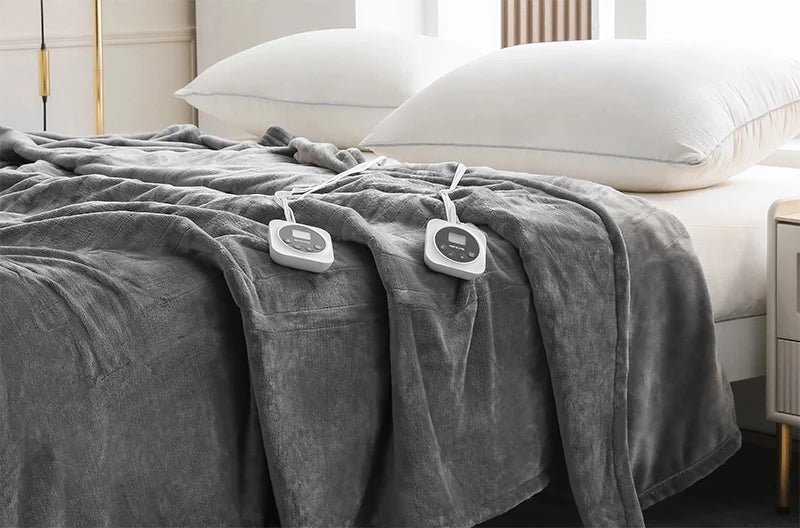
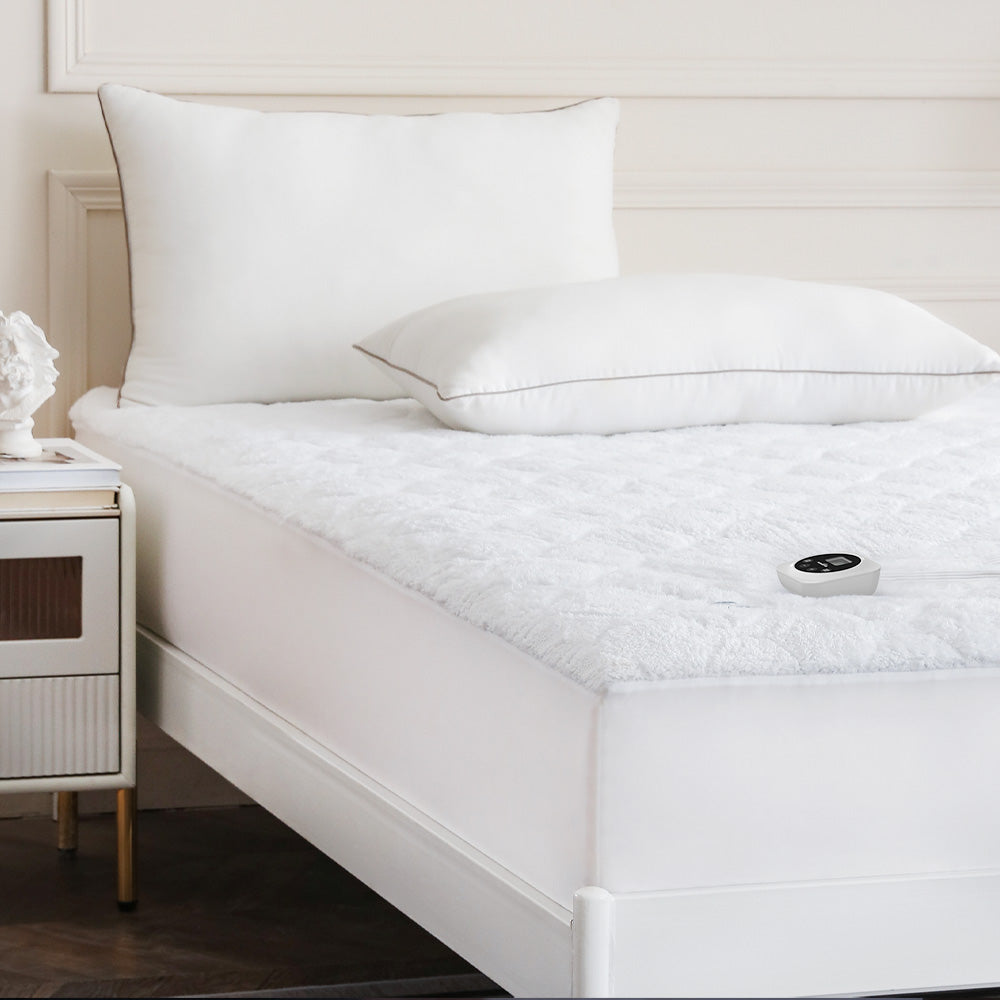
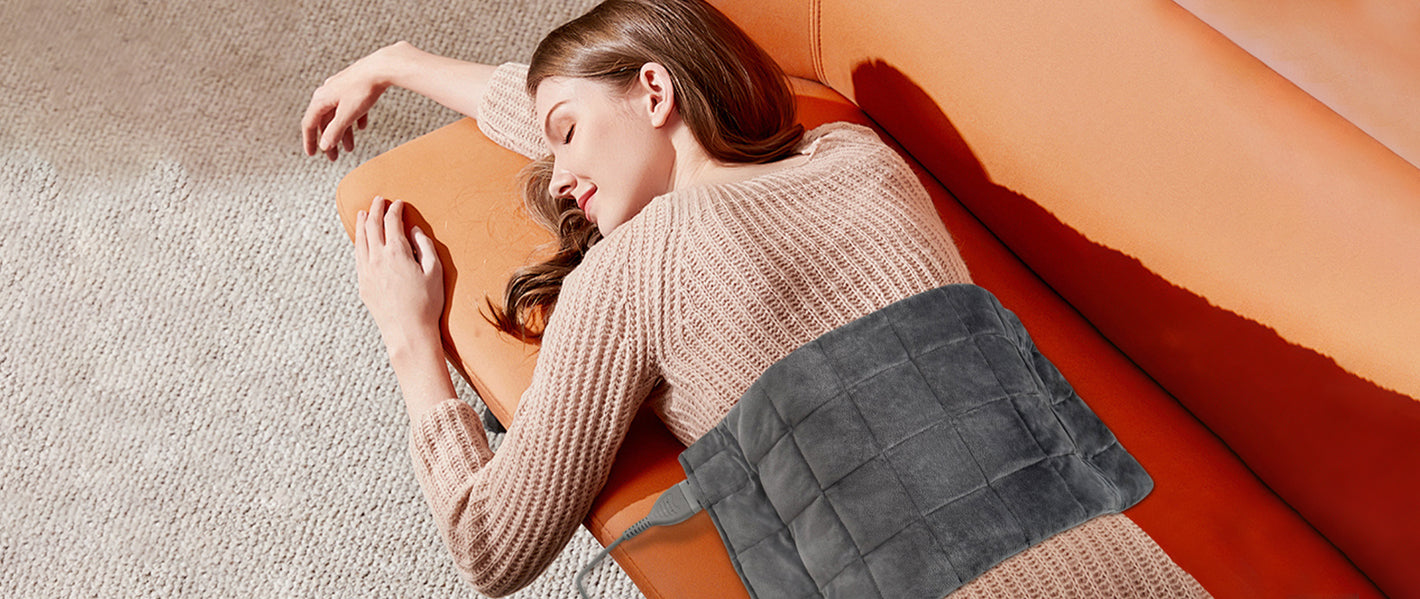
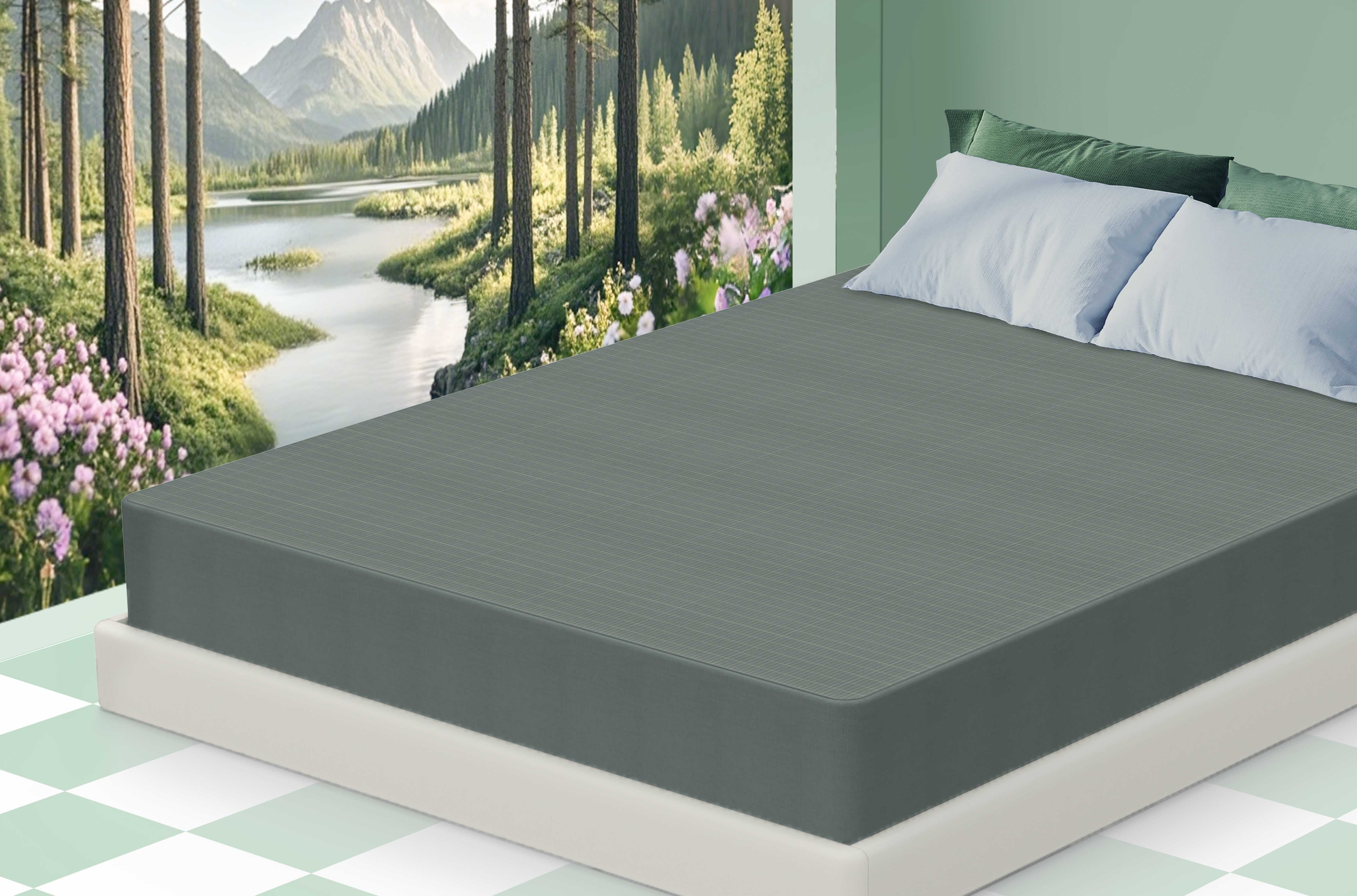
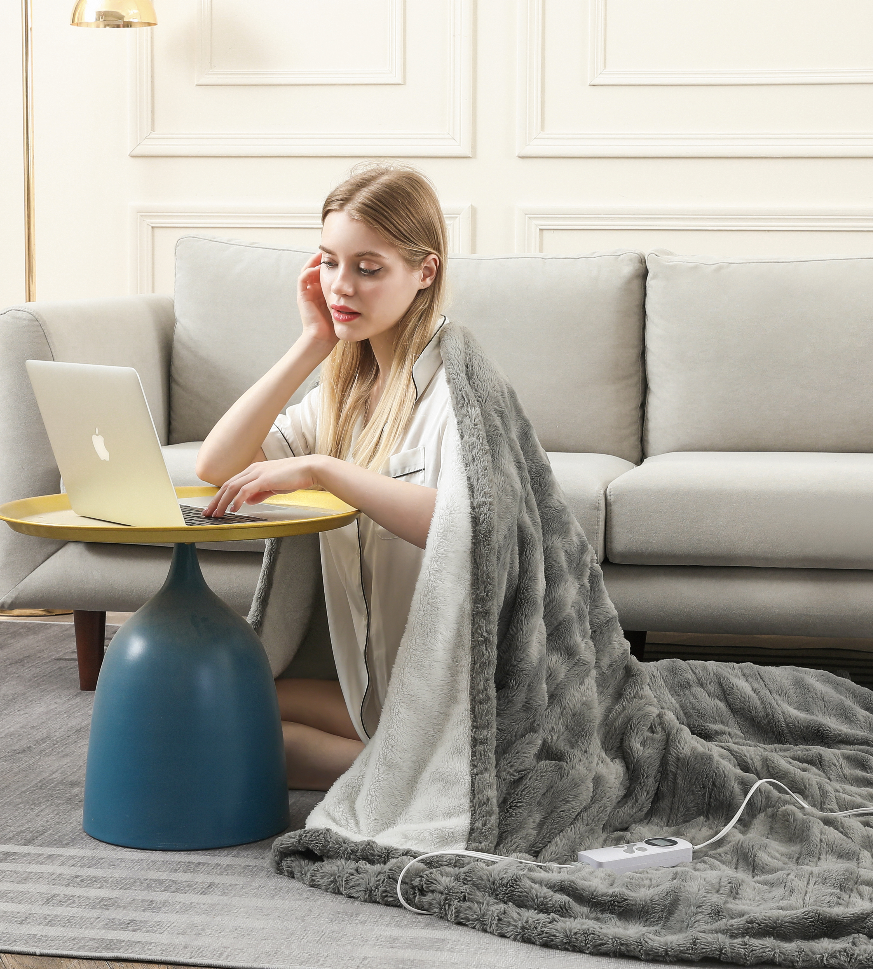
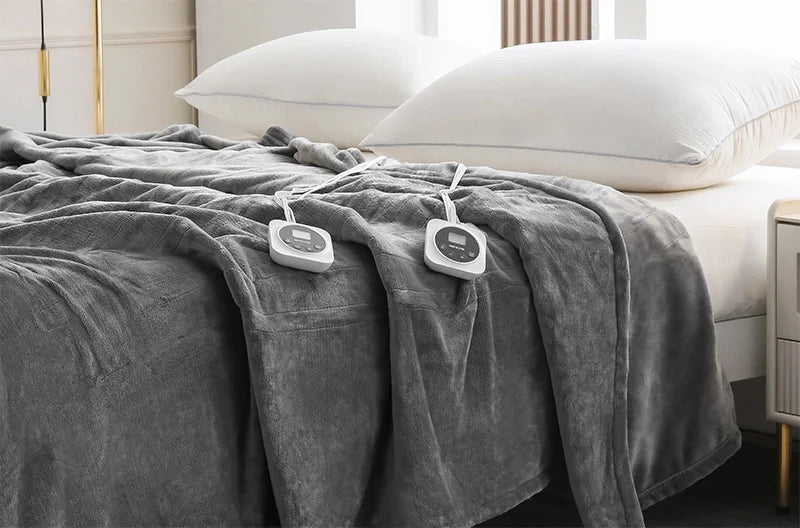
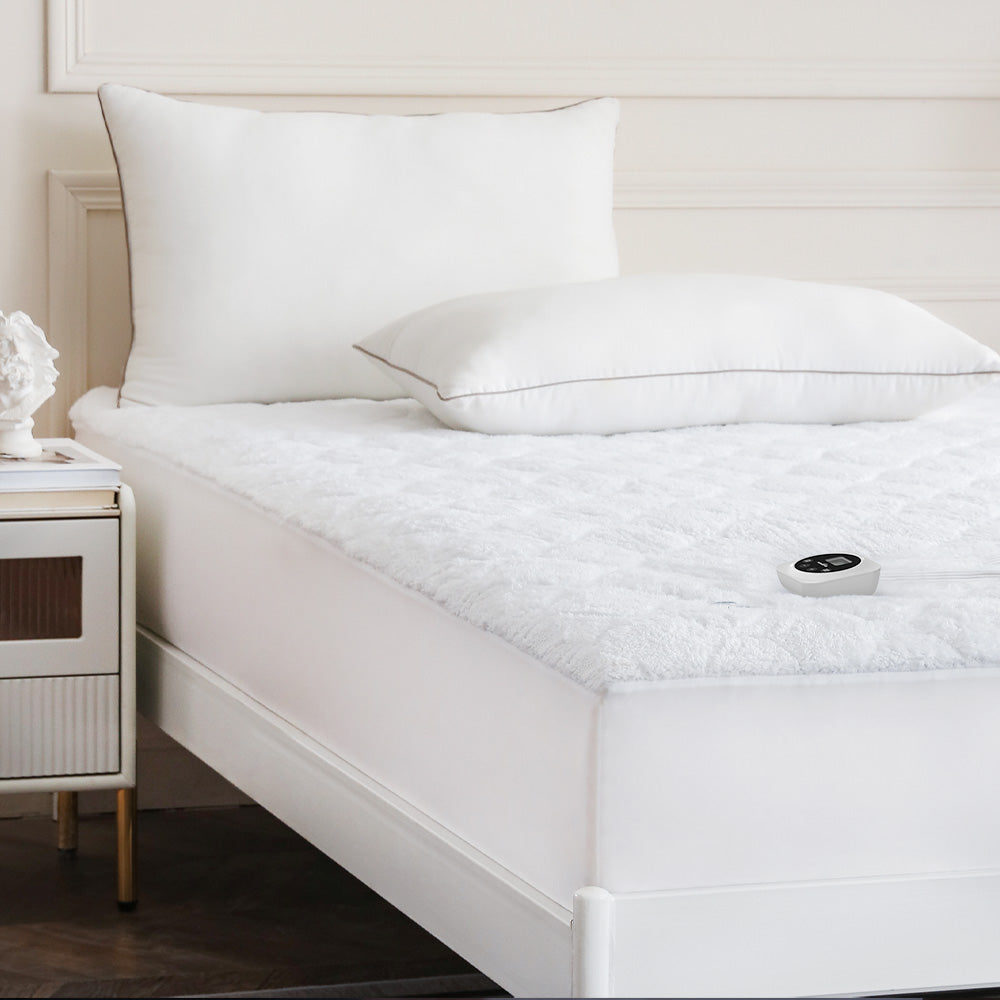
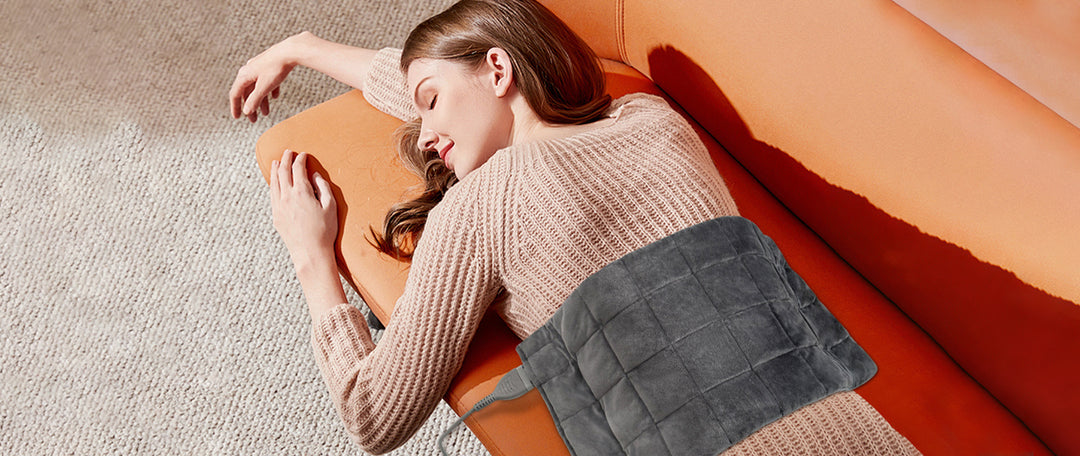
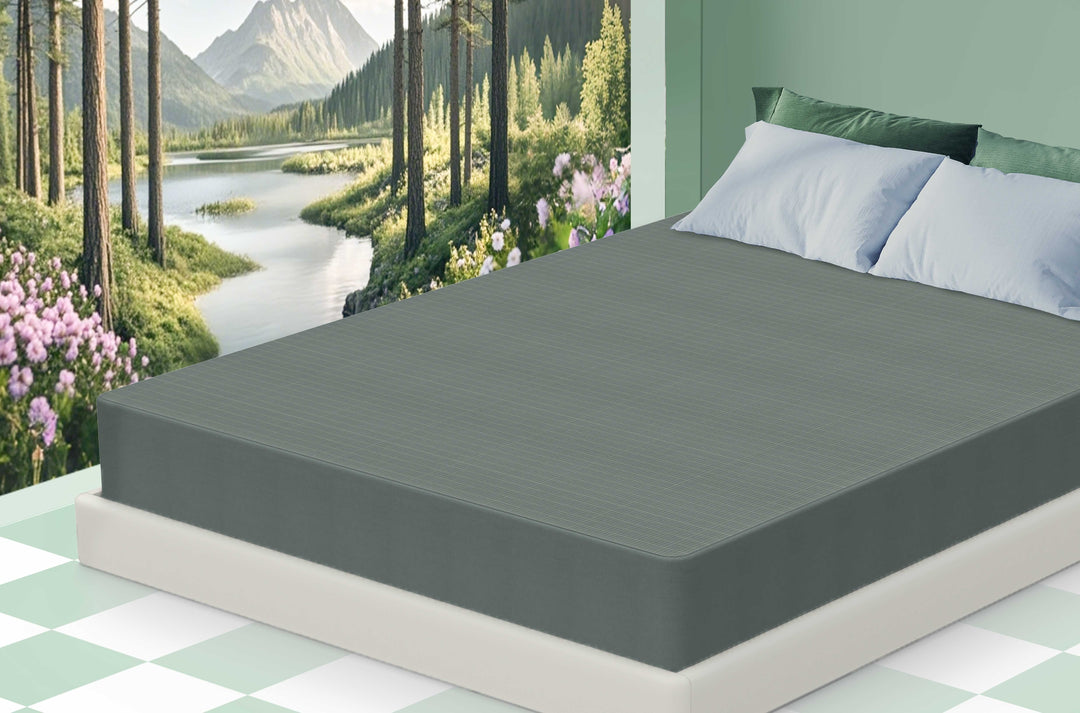



Leave a comment